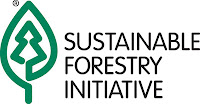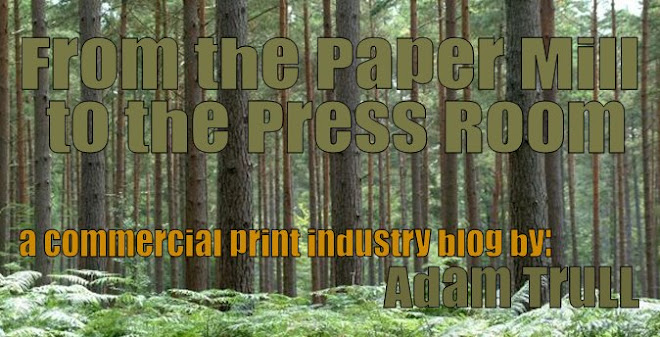If you’re anything like me, you too feel the concerns over being more environmentally aware. We recycle everything we can: paper, plastic bags, bottles and containers; we try to manage and improve our resources (e.g. $4-a-gallon gas, our food supply, the air we breathe, the protection of our ozone, etc.); what we can’t recycle, we dispose of properly to keep our environment as unaffected as possible. Though I (just like everyone) could be better; but we do the best we can.
Groups like Forest Ethics try to manage the consumption of endangered forests by first kindly asking, and then second, if need be, forcing via public humiliation (which for some large catalogers turned ugly very quickly). Though, many catalogers and direct-marketers look at the growing concern not as a hindrance, but as an opportunity to capitalize on their market. An article entitled “How Green Are Your Consumers” by Laurie Banks (The Portland Press Herald, Friday, April 27, 2007), defines three segments of eco-concerned consumers as:
1.) “9 percent are True Blue Greens - defined as most interested and typically an influencer of others; highly educated with higher incomes.”
2.) “6 percent are Greenback Greens - these people vote with their pocketbook. They are interested in environmental issues but not always willing to spend that extra cash. They are unwilling to sacrifice comfort and convenience.”
3.) “31 percent are Sprouts - a marketer's dream, these environmental fence-sitters are undecided consumers. They evaluate environmental issues one at a time and are willing to listen and compare each purchase to their personal benefits or costs.”
So not only does sustainable printing help you sleep easier at night, but it also has marketability! So with that being said, here are a handful of goals that will help make your project more environmentally sustainable.
 1.) Forest Stewardship Council or FSC certification:
1.) Forest Stewardship Council or FSC certification: this initiative is a chain-of-custody certification in which a paper is logged, milled, and manufactured to insure total protection of the wildlife habitats and forests. This certification is highly recognized and regarded by the Rainforest Alliance and the World Wildlife Fund.
 2.) Sustainable Forestry Initiative or SFI certification:
2.) Sustainable Forestry Initiative or SFI certification: this initiative is a chain-of-custody certification that protects the best interest of sustaining the forests and wildlife, while also maintaining the best interest of the forest land-owners and loggers.
 3.) Green energy or Green-E:
3.) Green energy or Green-E: The paper is manufactured utilizing a number of sustainable energy methods (e.g. wind-power).
4.) Bleaching: “ECF” or “Elemental Chlorine Free Bleaching” uses a chlorine compound, most often chlorine dioxide that significantly reduces dioxins but does not eliminate them. ECF bleaching is considered middle ground for environmental bleaching. “PCF” or “Process Chlorine Free Bleaching” uses totally chlorine free processing and includes recycled content and is considered the “greenest” method of bleaching.
 5.) Paper recycled content:
5.) Paper recycled content: The recycled content refers to the percentage of the paper that contains recycled fibers. Additionally, many paper stocks contain post-consumer waste (PCW). This waste is paper that is recycled by consumers. So, for example, if a paper contains 60% recycled content and 40% PCW, this means that 20% of the paper is pre-consumer waste (any paper that does not reach the consumer) and 40% is post-consumer waste.
6.) Soy-based inks: These inks are manufactured with a soy-base and not a petroleum base. The benefit of soy-based inks is that their VOC, or volatile organic compound, content is very low. VOC content has become a very important discussion point, as the concern is that something that biodegrades releases VOCs into our soils and waterways and can potentially poison our generations to come.
If your printing rep’s concern aligns with environmental sustainability, they will be able to provide economically feasible solutions. Many of these initiatives may be accomplished with out additional cost to the job! So align yourself with a rep who can provide you with these types of solutions
(**ahem…over here…cough, cough…yes, this is an expertise of mine**)






